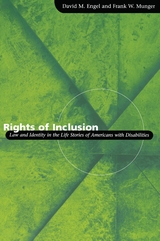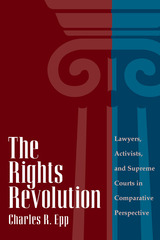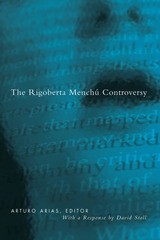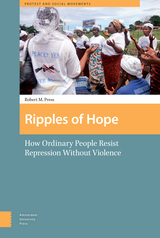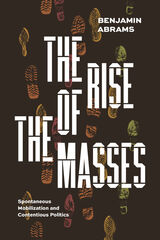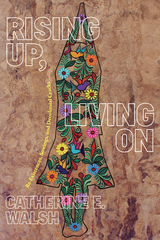Changes in the Cultural Landscape and their Impacts on Heritage Management: A Study of Dutch Fort at Galle, Sri Lanka
Leiden University Press, 2020
Paper: 978-90-8728-340-7
See other books on: Changes | Cultural Landscape | Heritage Management | Sri Lanka | Study
See other titles from Leiden University Press
Paper: 978-90-8728-340-7
ABOUT THIS BOOK | AUTHOR BIOGRAPHY
ABOUT THIS BOOK
This book focuses on the practical challenges of managing a World Heritage listed historic city in a South Asian context. The focal point of the author’s research is Sri Lanka’s Galle Fort, a walled town, identified as the best-preserved colonial fort in South Asia. The costs and benefits of the fort’s World Heritage recognition to its local urban community, and to the colonial fort itself, are analyzed. Shown is how thirty years of the World Heritage project at Galle Fort changed a once small seaside walled town with dilapidated colonial buildings into a tourist hot-spot and prime real estate, thereby changing the lives of its inhabitants. It argues that the best practices of participatory and people-centered approaches of managing urban heritage at the global level are slow to progress at a local level.
See other books on: Changes | Cultural Landscape | Heritage Management | Sri Lanka | Study
See other titles from Leiden University Press

